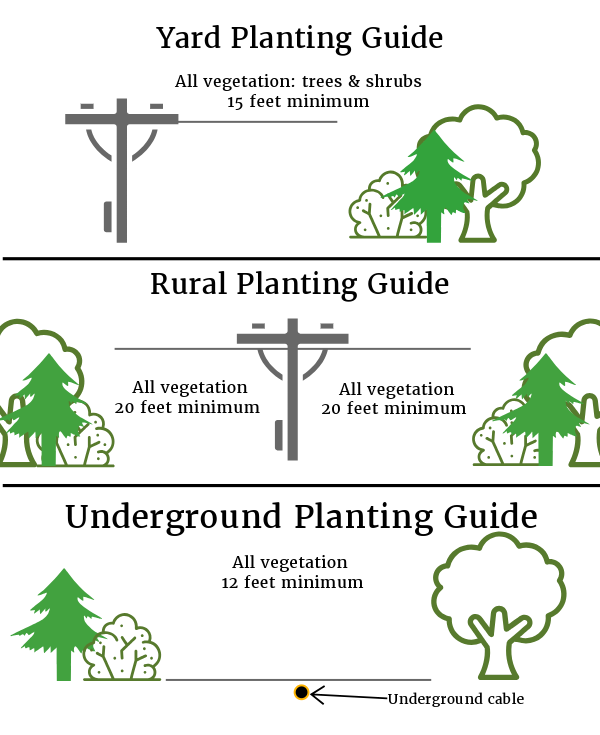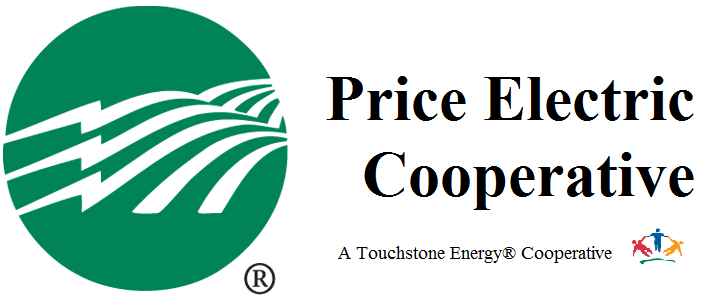Report your outage by calling 800-884-0881 or on Smart Hub.
More Information: Documents
Vegetation Management FAQ
ROW FAQ
How often is the right-of-way cleared?
- PEC is on a seven-year cycle, which means all trees are removed from the established easement every seven years.
What type of equipment is used to clear the right-of-way?
- Typically, a Jarraff mechanical tree trimmer is used in the ROW. It looks similar to a small crane but has a circular cutting blade attached to the end of the boom. The blade can be moved in any direction to quickly produce precise cuts. Bucket trucks and ATVs are also utilized. Chain saws, tree saws, and pruning tools are used for secondary trimming while a mower, (rubber-tracked or wheeled tractor) performs mowing operations.
Who performs the right-of-way clearing?
- PEC uses contractors and employees to perform the work.
What happens to the debris from the trees?
- Our contractors strive to leave right-of-way areas as neat as they were before the work started. Debris produced by trimming will be shredded on-site, where appropriate, or chipped and hauled away for disposal. Large limbs and trees are cut and stacked in the right-of-way. Fallen trees are left where they fall.
Tree Planting Guide
Use this guide to help you determine where to plant trees around power lines or electrical equipment.
Image

